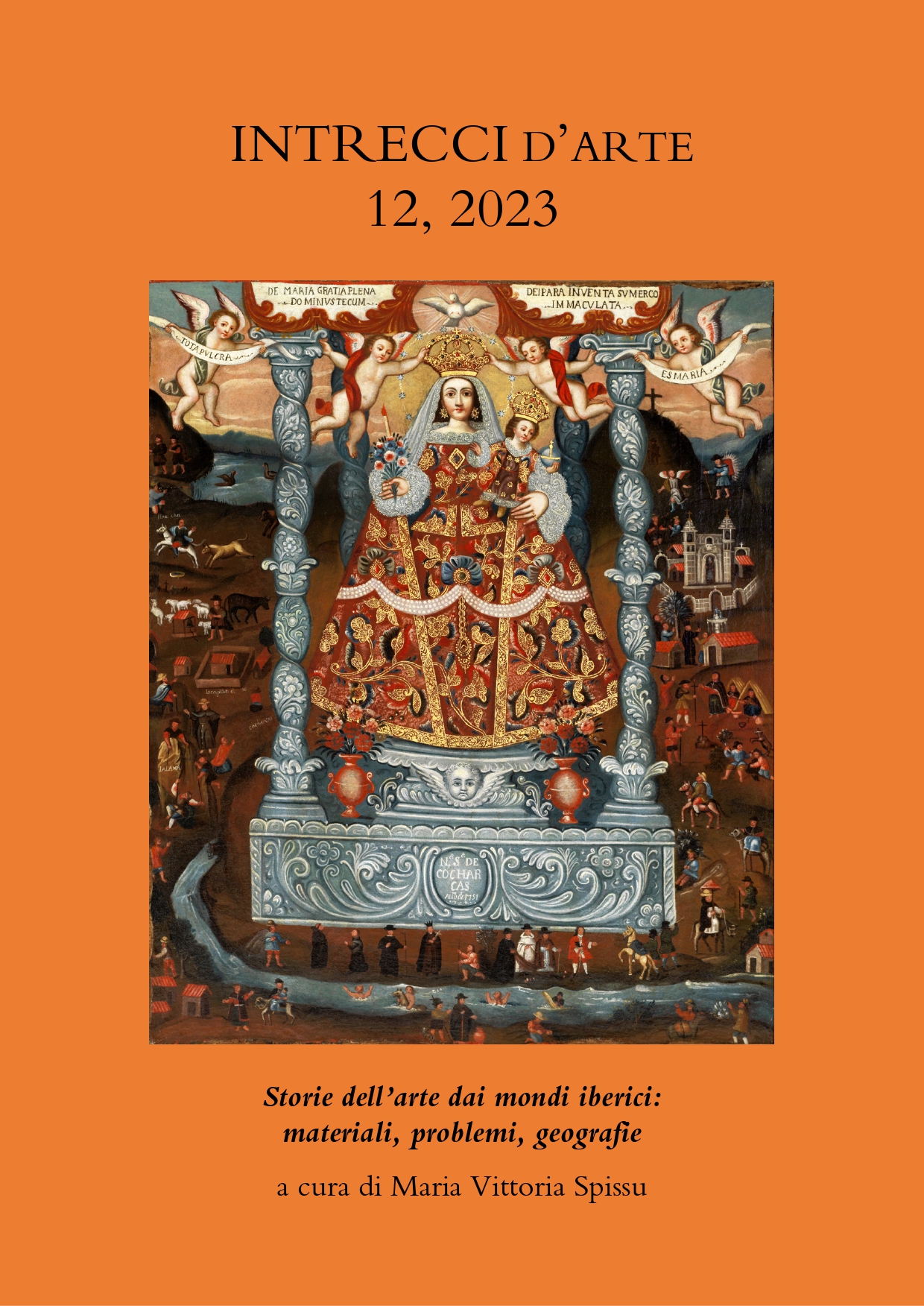Capua and Tzintzuntzán: Negotiating Privileges, Writing Histories, Moving Stones in the 16th-Century Spanish Empire
DOI:
https://doi.org/10.6092/issn.2240-7251/18931Keywords:
Petitioning, Redeployment, spolia, New Antiquities, Loyalty, Recognition, Local IdentitiesAbstract
This essay examines the southern Italian city of Capua and the Mexican city of Tzintzuntzán in parallel. Both cities existed within the polycentric system of the Iberian monarchy. When faced with the deprivation of their privileges, the threat of losing their historical memory (enclosed within monuments from the past), and the forfeiture of their local identity within a broader empire, local elites from these two sides of the globe each responded with the same administrative procedure (petitioning) and the same cultural tools. These actions included the invention of local histories, the transfer of spolia, and the construction of modern buildings that incorporated “ancient” stones.
Downloads
Published
How to Cite
Issue
Section
License
Copyright (c) 2023 Bianca de Divitiis

This work is licensed under a Creative Commons Attribution 4.0 International License.




